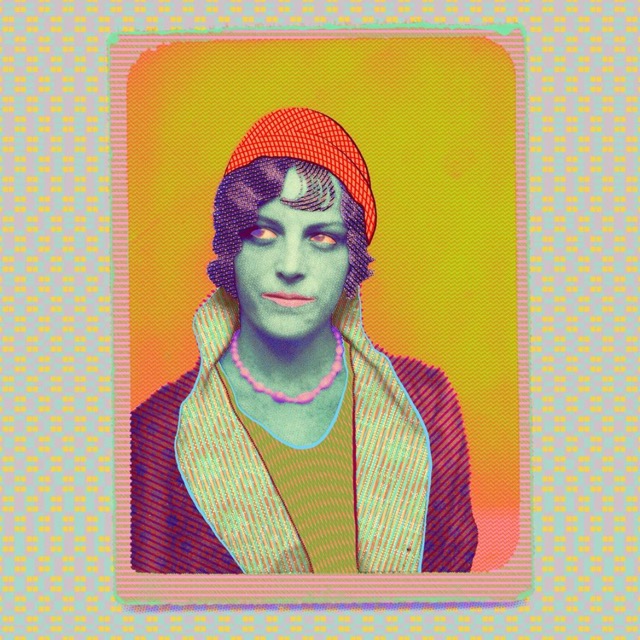If there’s ever been an artist suited for the digital renaissance of putting art on the blockchain, it would be Matt Kane — a traditional artist who transitioned into digital art by writing his own software and pushing boundaries impossible in the physical art world.
Kane is most known for his collection “Gazers,” which launched in December 2021 and is considered by many to be an OG among generative artists. He recently released his collection Anons, which is centered around understanding identity through art and immortalizing true anons from yesteryear.
Kane spent a chunk of his career as a software developer but was always experimental with different artistic mediums, including physical canvas. However, the limitations of the physical art world made the American ponder whether digital art could remove many of the barriers to better his vision for creating art.
“In my 20s and 30s, I was really trying to find what the right medium for my voice was. I’ve spent a lot of time experimenting with canvas and fabric because I was really interested in pattern. But I realized it’s not the medium that matters — it’s my vision. It’s how I get my vision and my mind out into the world,” Kane tells Magazine.
“Within that realization, I knew I had to learn to code because there’s so many physical limitations to traditional art. Code circumvents the limitations of our physical bodies and time. It allows us to manifest our visions, and so it’s become the perfect medium for me.”
Kane had heard about NFTs a week before CryptoPunks launched in June 2017 through a Quora article, but he remained an observer while he continued to create and tinker with digital art, a medium that had captured his deep curiosity as early as 18.
“When I read this [Quora] article, and it talked about NFTs — I understood from years before what Bitcoin was and the blockchain — it just all snapped, and I remember thinking, this is what I’m looking for. It’s going to allow me to sell digital work, and prints can be optional. What I’ll be creating are actually paintings as databases, and this is going to be the way that I’m going to be able to do that. To transmit files and ownership of the artwork,” says Kane.
Despite being introduced to the concept of digital art provenance via NFTs in 2017, it wasn’t until May 2019 that Kane minted his first NFT, M87 Black Hole…
Click Here to Read the Full Original Article at Cointelegraph.com News…
